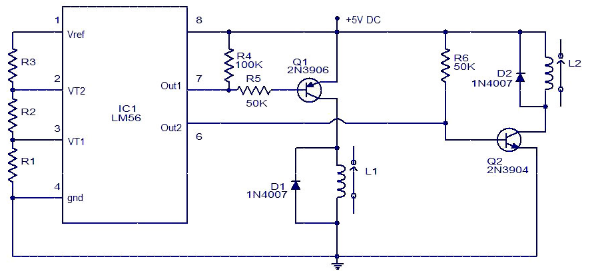Low Voltage Smart Thermometer Power Design Tips

🌡️ The Problem: Powering Low Voltage Smart Thermometers
Smart thermometers, especially those built with microcontrollers like ESP32 or ATtiny85, are highly sensitive to unstable power. These devices often run on batteries or USB supplies, and any voltage fluctuation can lead to inaccurate readings or unexpected resets. This is a major issue for DIYers creating health or weather monitoring tools.
🛠️ The Solution: Regulated Low Voltage Power Supply
To ensure stable operation, use a low-dropout regulator (LDO) or a DC-DC buck converter to deliver a clean, regulated 3.3V or 5V supply. Adding filter capacitors near the sensor and microcontroller further improves stability and reduces noise that may affect temperature accuracy.
🔍 Practical Example: Battery-Powered Room Monitor
A student in Pune designed a smart thermometer using an LM35 sensor and ATtiny85, powered by a 9V battery. Initially, the readings fluctuated due to voltage drop. After adding a 3.3V LDO regulator and 100µF + 0.1µF capacitors, the system delivered accurate readings and ran longer without resets.
📐 Sample Calculation: Power Requirements
ATtiny85 (5V, 10mA) + LM35 (5V, 0.1mA) = ~10.1mA
Power = 5V × 0.0101A = ~50.5mW
Choose an LDO that handles at least 100mA to allow some headroom.
🧰 Product Suggestion: Use Made in India LDOs & Capacitors
Get high-efficiency LDO regulators and electrolytic capacitors made in India to keep your thermometer circuit compact and reliable.
👉 Shop now at SmartXProKits.in
🇮🇳 Support our work and India’s innovation—buy from our Make in India site!




















